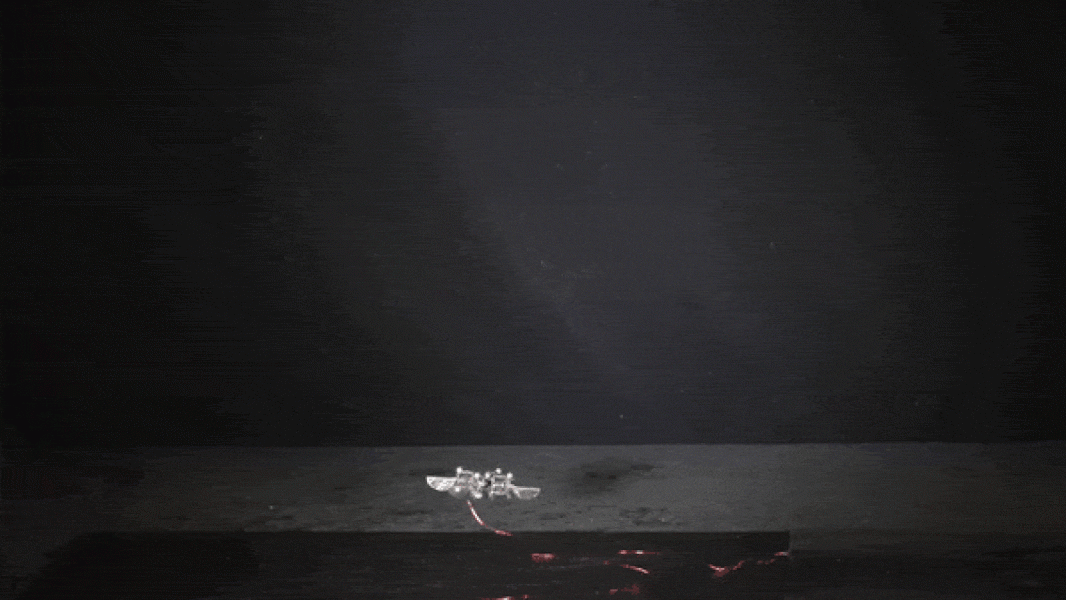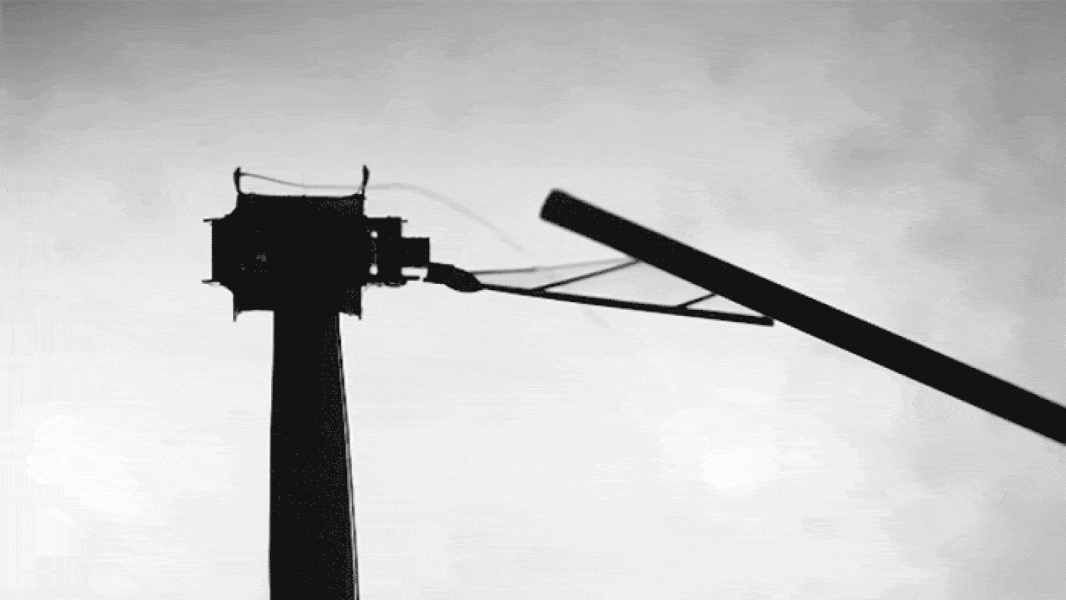
(Image credit: Massachusetts Institute of Technology)
Researchers at MIT are working to create robotic insects that could one day fly out of mechanical hives and pollinate plants efficiently, enabling unprecedented levels of fruit and vegetable production. This new technology could dramatically increase crop yields while minimizing environmental impact.
Artificial pollination is a method in which people manually transfer pollen from one flower to another, and advances in the field include mechanical pollination. The idea of using robotic insects is not new, but previous models of insect-like robots have faced problems with their lack of strength, speed, and maneuverability in the air compared to real bees and other insects.
However, in a new paper published January 15 in the journal Science Robotics, the team demonstrated that they were able to create a design that overcomes the existing limitations of mechanical pollination.
The scientists noted that the new models can fly 100 times longer than previous versions, while remaining lighter and providing ample space for battery storage. They also added that the robots' precision and maneuverability have improved, and the stress on their wing bends, which are typically experienced during flight, has been reduced.
Wing flex is the ability of an aircraft wing (in this case, the “bugbots”) to bend or fold. The team had to ensure that aircraft wings weighing less than a paper clip would not only outperform previous designs, but also perform better than their organic counterparts to change the way we grow food.
“The flight duration we showed in this paper likely exceeds the overall flight duration our field has been able to achieve with these robotic insects,” said co-author Kevin Chen, an assistant professor of robotics at MIT, in a commentary. “With the improved longevity and precision of this robot, we are getting closer to interesting applications like assisted pollination.”
Robotic insects with significantly greater endurance
The team acknowledged in their paper that insect-sized drones require significant improvement over previous designs.
In the old MIT design, the robotic insect consisted of four identical modules, each with two wings. The rectangular devices were about the size of a microcassette tape, and each had eight wings.
“There is no insect with eight wings. In our old design, the performance of each individual module always exceeded the efficiency of the assembled robot,” Chen said.
Since the device did not resemble its real-life counterpart (mostly due to the shape of the wings), this limited its performance. The thin pair of wings on bees allows them to fly quickly and freely, while the eight wings on the robotic version resulted in excessive air consumption – reducing the lift of the robotic bee.
During testing, one student even noted that flying this version was “the slowest 1,000 seconds he'd ever flown.”

MIT’s new design splits the robot into four modules. Each module has a single flapping wing pointing away from the center of the structure. This feature stabilizes its vertical motion, allowing it to fly higher than before. With half as many wings as its predecessor, the new model also provides enough storage space for the robot to carry electronic components like batteries.
The team also developed complex signals that link the wings to devices in the structure, mimicking “muscles.” These signals — called transmissions — required some changes in size
Sourse: www.livescience.com





